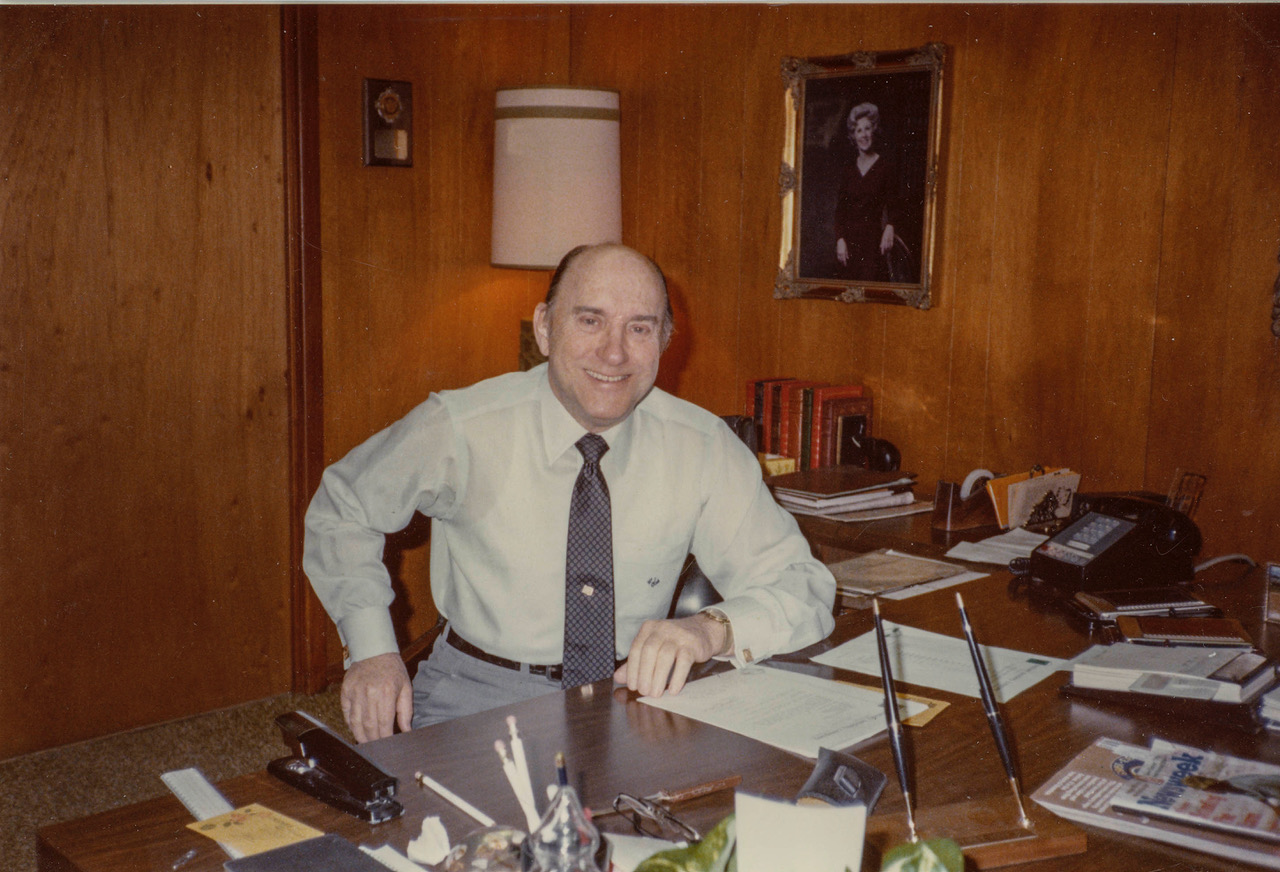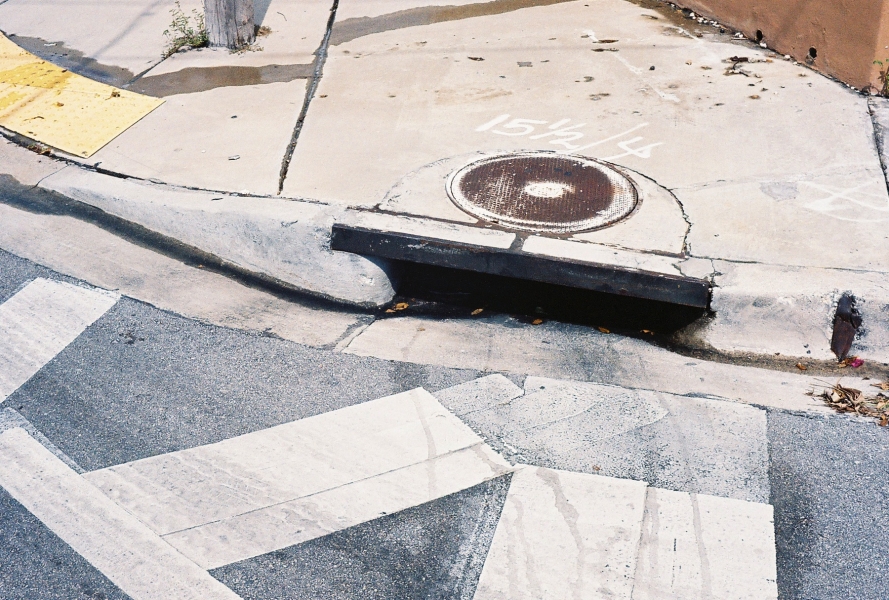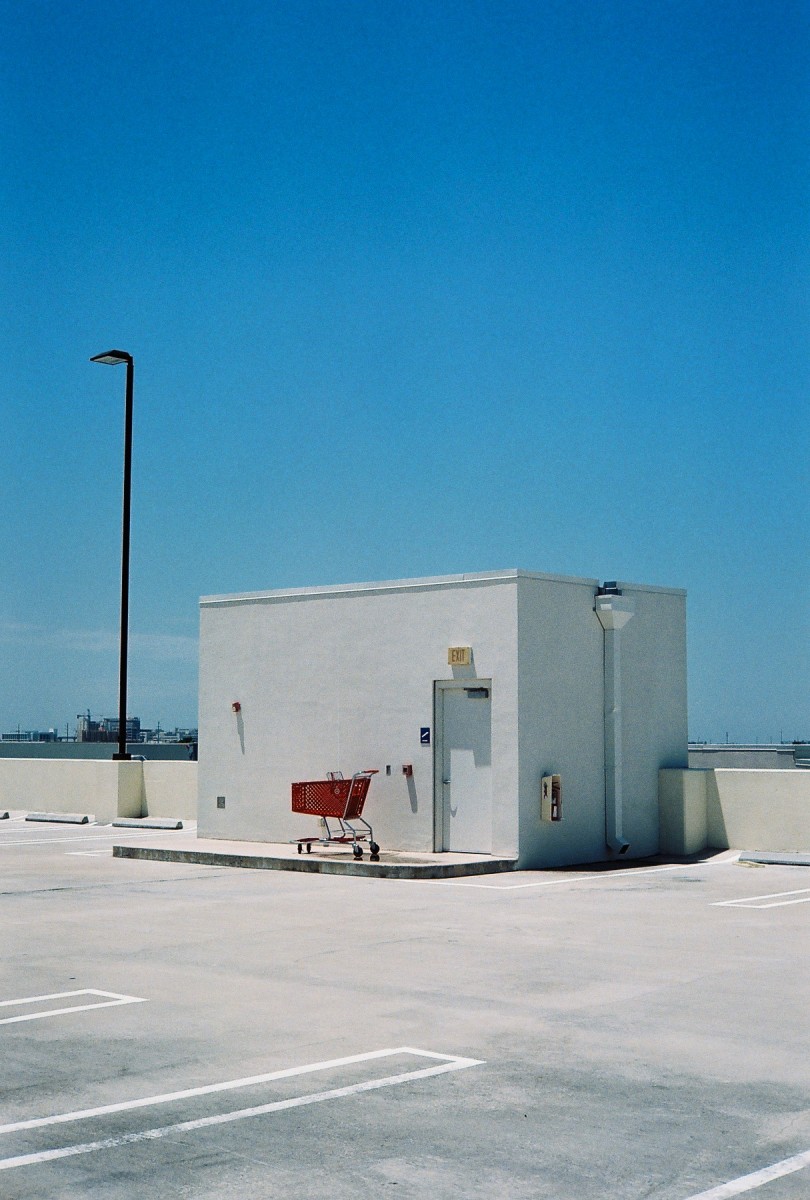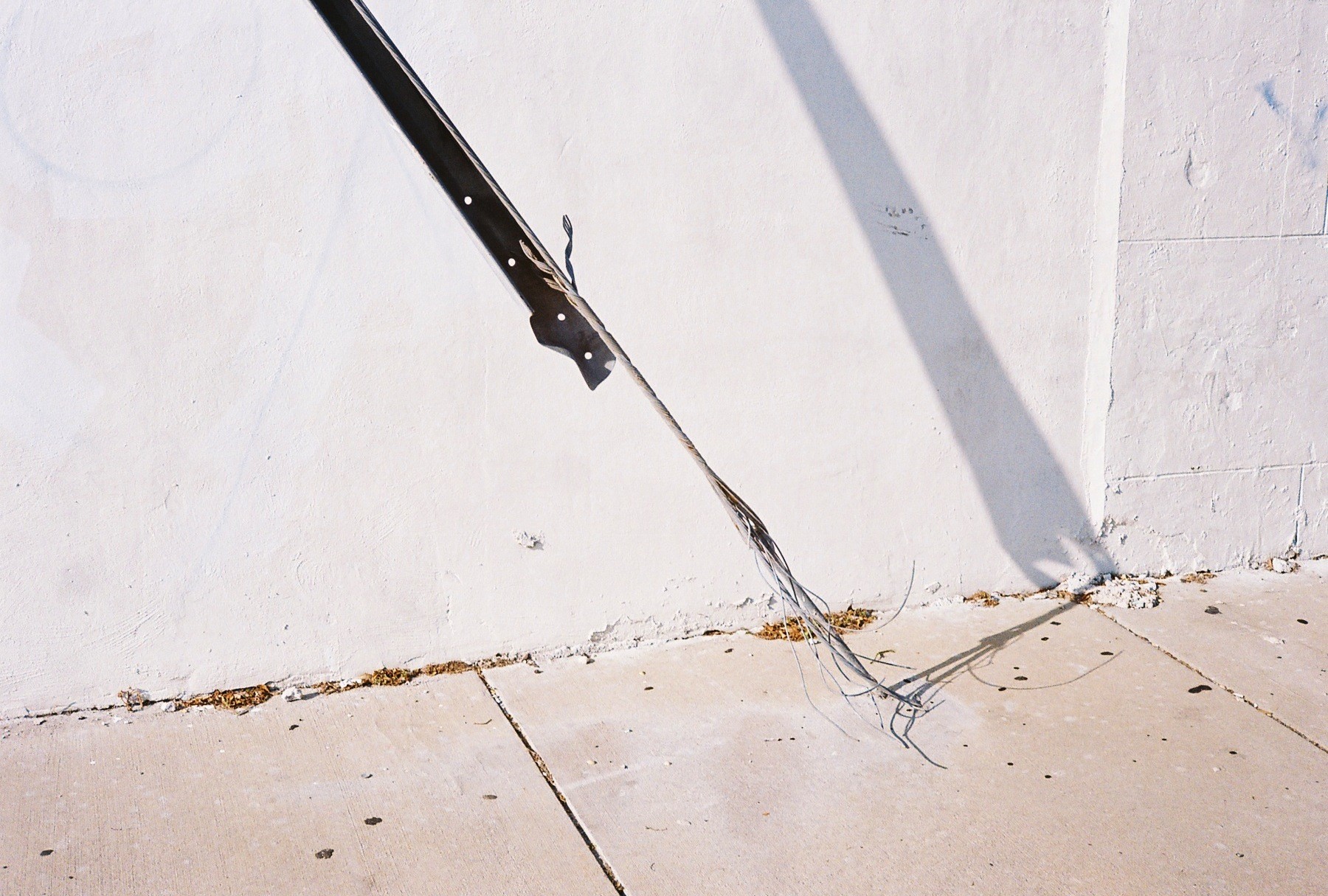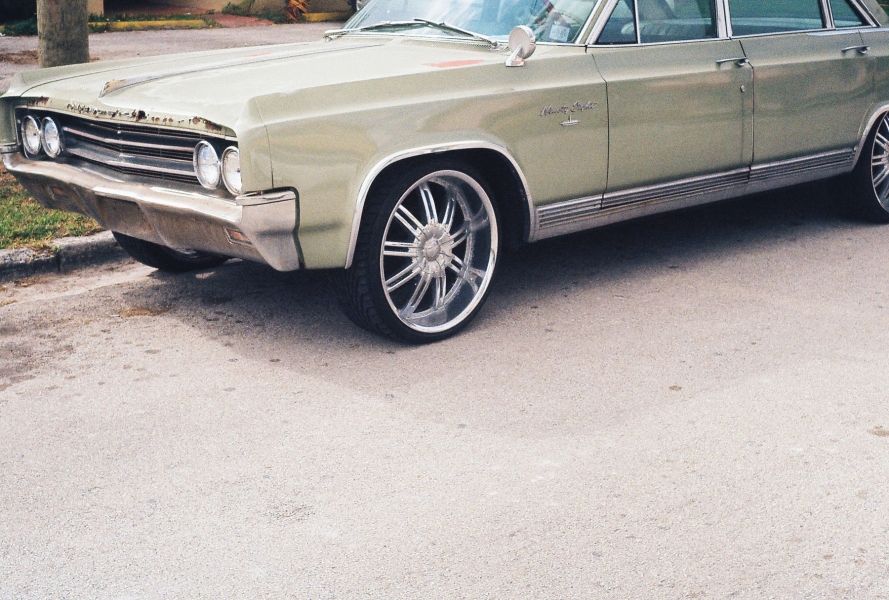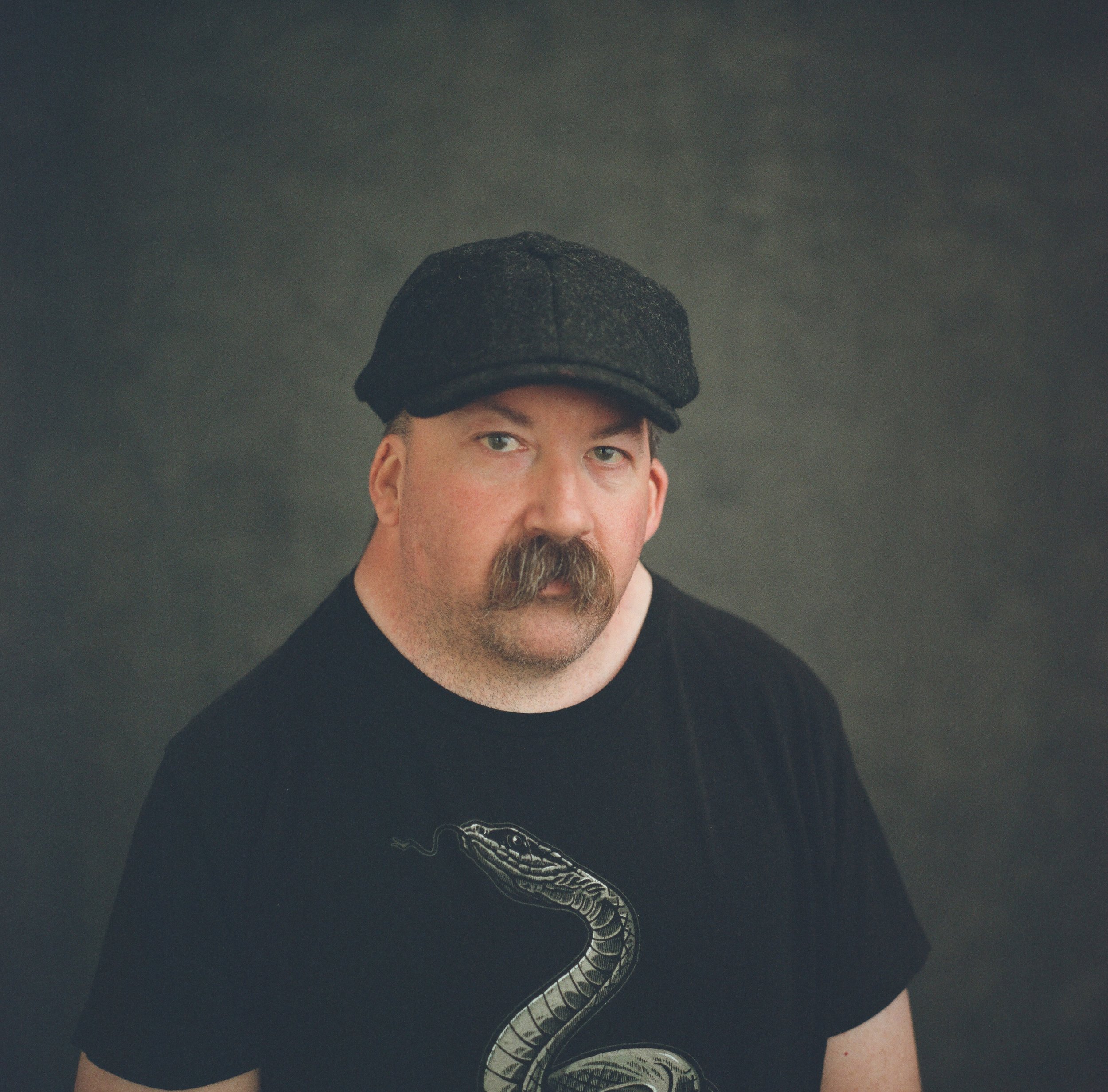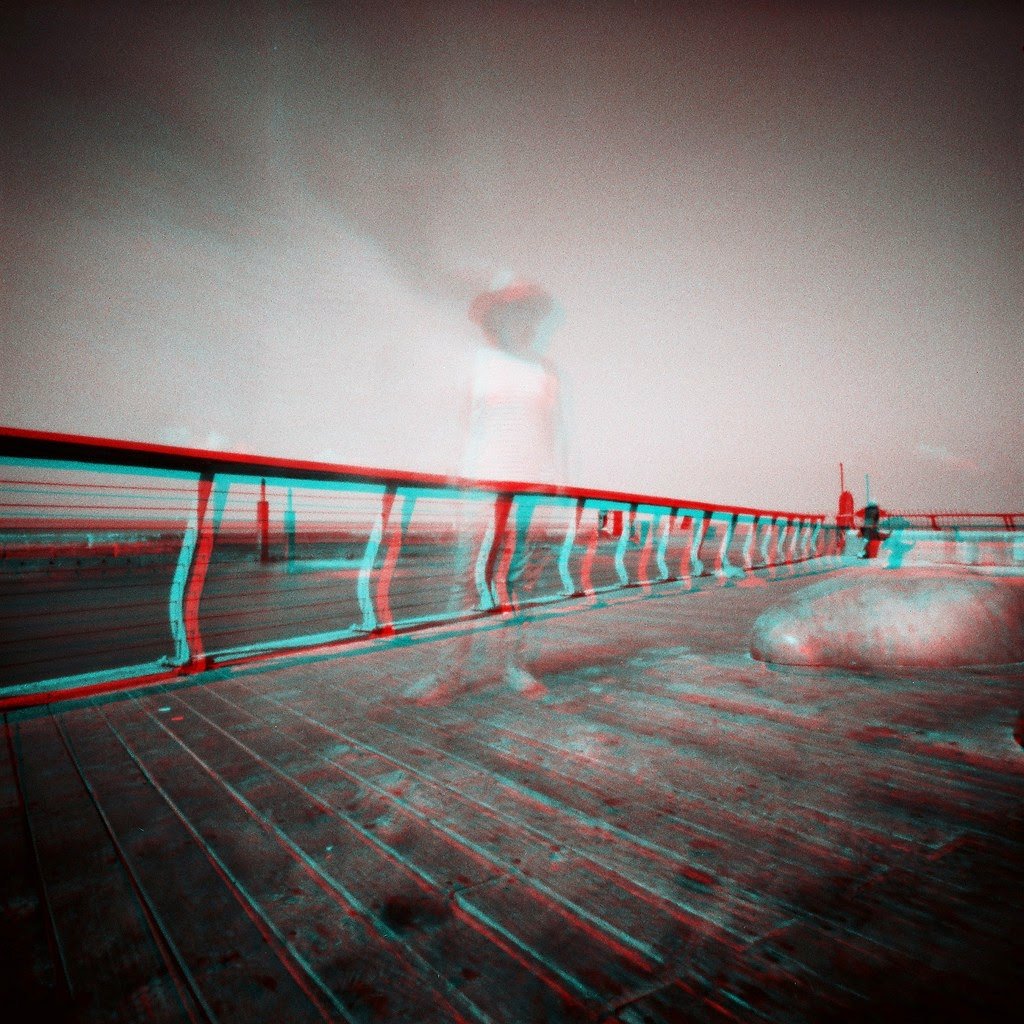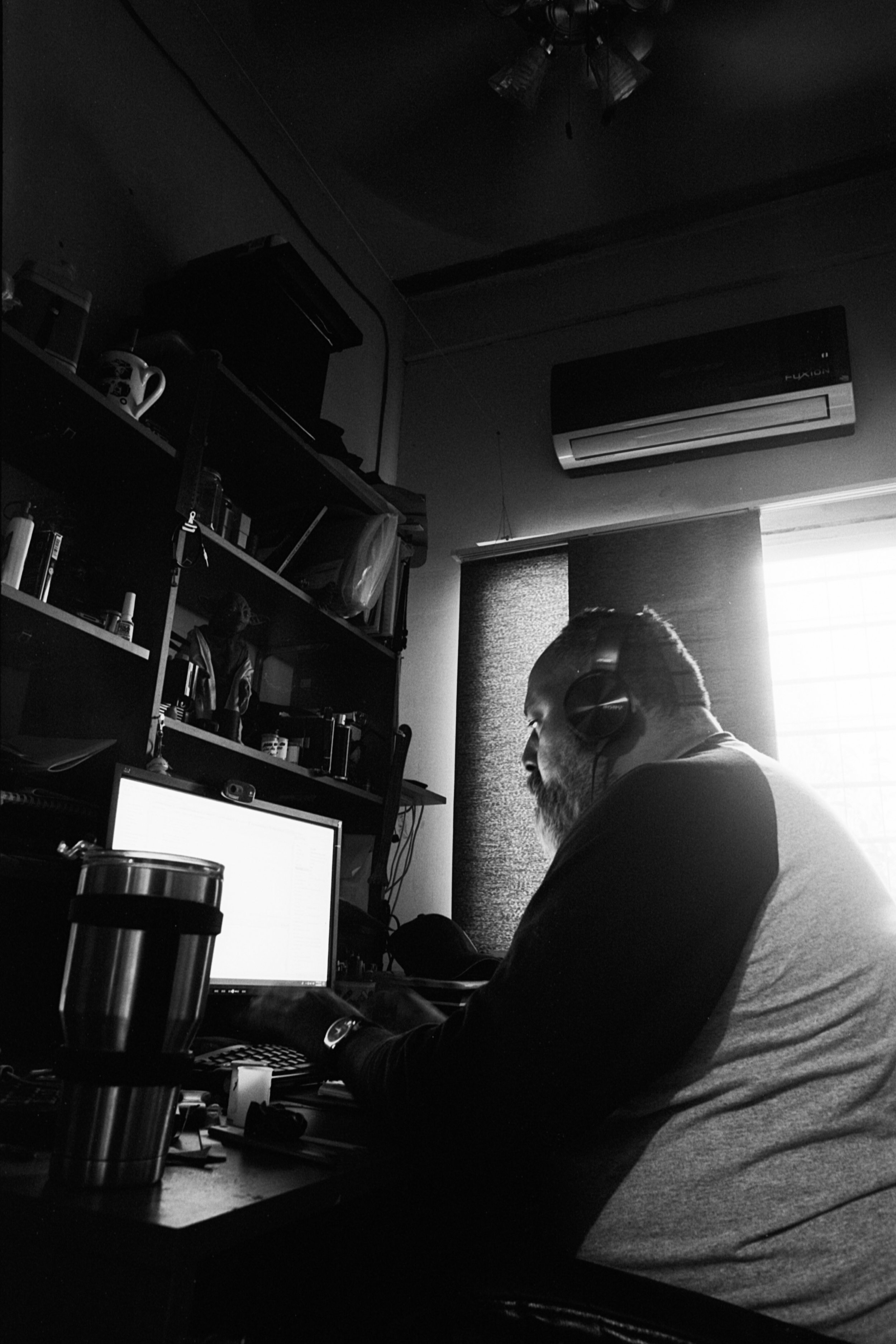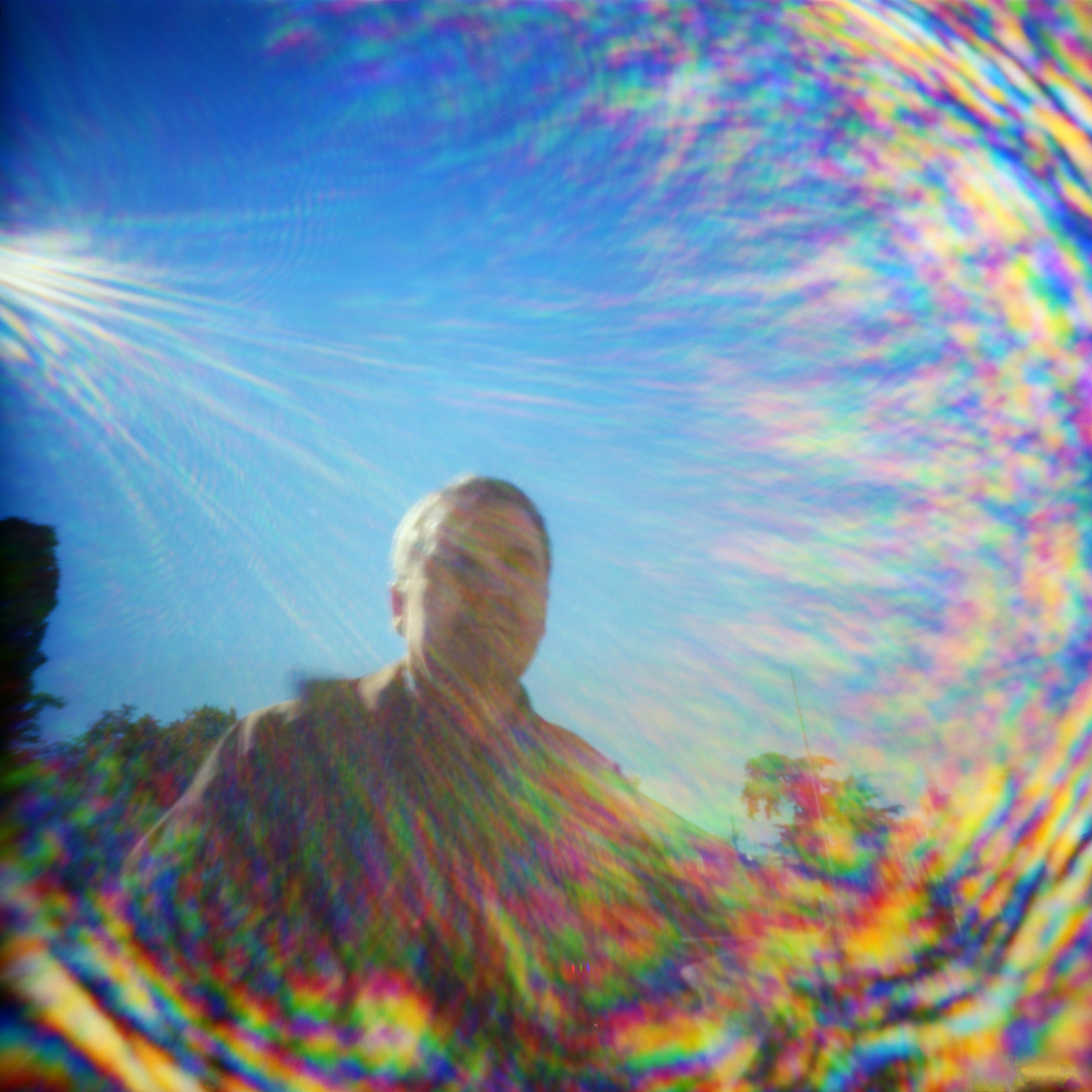I am a book enthusiast, from a long line of them: the Jasek family business, started by my Grandfather in the late 1940s, was a book bindery.
So, Kindle schmindle: give me a printed volume I can hold in my hands! A great deal of book reading goes on in my house, although most of it is not by me; even with the best intentions I am pretty bad about setting aside time to read. That isn’t usually something Mom gets to do, unless it’s for a few surreptitious moments while I’m sitting in the school car line.
The books that sit neglected on my own shelves include a fairly hefty number of reference / instructional guides on film photography and darkroom work. My well meaning father, who has lectured me for years on being more technical, has gifted me many wonderful books that have sadly received far too little attention. I have to be in just the right frame of mind to take in technical information, and sometimes just opening them makes me feel like I am back in my college calculus class, where the professor would stand around talking about his fishing trip instead of teaching us what we needed to know. Still, I feel guilty about not reading those books on a regular basis.
To my happiness and ultimate benefit, into this climate of informational procrastination came an email from Wes Seeley at Princeton Architectural Press offering us a review copy of Andrew Bellamy’s brand new (released April 9 of this year!) book Analog Photography. I was thrilled and immediately jumped at the chance. And - spoiler alert - having read it from cover to cover (yes, really!) I will hereby be officially recommending a copy of this book to every film photographer that I meet.
For starters - and yes, this matters, book people will understand - the book itself is pleasing to hold. The feeling of the cover and the quality of the paper in my hands, as well as its conveniently compact size (think camera bag worthy) made me keen to start reading it as soon as possible. It says on the cover “Reference manual for shooting film,” and it most certainly is. The layout is easily accessible and engaging, with cross references on every page, a comprehensive index, and handy charts right at the back. The contents cover everything: from information about exposure and filters, to fundamental camera function, and beyond!
What I really appreciated about this book, besides the fact that it is packed full of useful information, is the simple, concise way that the content is presented. You don’t have to wade through a lot of extraneous words to get to the nitty gritty of what you need to know. There isn’t too much on each page, either, so you can process and learn in manageable bits. Lately my 11 year old daughter has been asking to learn film photography from me again, and true to form has asked me far more questions than I have the answer to. Well, guess what: I have the answers now. I am planning on having her read the book herself this summer. I am planning on getting my dad a copy, even though he’s been darkrooming for maybe 60 years.
Do you need a copy? Absolutely. Read more about it, and order one, here.
Now that I have sung the praises of his book, I would like to introduce you to the author, Andrew Bellamy. He was kind enough to chat with me via email about himself and his work; words in bold are mine, the rest are his replies, and all photographs are by him!
First of all, please tell us a little about yourself, and your relationship to film photography.
I'm English and living and working in New York City as a Design Director for global branding agencies. Growing up, my dad repaired cameras and projectors in his spare time, so I was surrounded by cameras, bits of cameras, and the sound of a whirring carousel. When I was little he gave me a broken camera to play with. I'd draw stamp size pictures of people, put them in the back, and then reveal them after pretending to take a photo. We had a couple of Cartier Bresson posters in the house so I was aware of photography as an art form, and my dad taught me the basic mechanics of photography. At high school I studied art and design, part of which was photography where we were lucky enough to have access to Pentax SLRs and a dark room, so I cut my teeth on film photography at a fairly early age.
What was your motivation for writing this book? What was your process like?
When I moved to Miami I got heavily back into film because the light was so nice, I had time to roam around, I found a load of expired Fujifilm in a dollar store, and cameras were relatively easy to come by because the market in the States is so big. I would mostly get cameras in need of repair and fix them up to use them (I inherited my dad's tools) and started the website ILOTT Vintage as a way of sharing how the cameras performed. As it grew over time. I would add descriptions of any technical terms referenced in the reviews to the glossary on the site, and the book started there. As the glossary got more and more entries—being a graphic designer—I thought it would be better off printed and a useful resource for people getting into shooting film. A lot of the cameras I had collected came with their original manuals from the 60s which were the visual inspiration for the design (you can download some of them as PDFs in the camera reviews). I printed 35 copies of the book myself as a limited edition personal project, and a publisher in Europe saw it featured on a design blog and contacted me to make a proper edition. It now has European and American editions and has been translated into German and Spanish.
I looked at your photography website and noticed you seem to have a fair amount of cameras (I identify with this!). Do you have a favorite? Or a favorite film stock?
It's tough to pick out a favourite camera as they all have their own personalities. For a combination of design, ergonomics and image quality I'd say the original Canonet has to be up there.
For compact size the Minoltina AL-s has all the same features including a fast lens, but it's tiny.
And for having the best viewfinder and sharpest lens the Konica Auto S2 is hard to beat, but sharpest isn't always best.
My favourite set of cameras are 3 black Minoltas; an SRT-101, Hi-Matic 7s, and a Minoltina P. I could go on but those are all great. As for film stock I'm not fancy. I bought a lot of that expired Fujifilm and it lasted me a while, before I got into shooting slide film. I collect a lot of Kodachrome slides; the image quality is unreal, and I would have loved to shoot on Kodachrome before it was discontinued.
What’s next for you? Do you have any projects in the works?
Analog Photography has introduced me to a broader network of film lovers, and I’m looking forward to future collaborations with exciting and like minded projects such as you guys at FSC.
I have a new book in the works, and I continue to develop fonts for the -OtherwhereCollective project, and will keep updating the ILOTT Vintage website and instagram with results from all of the cameras I own but have still yet to test.

